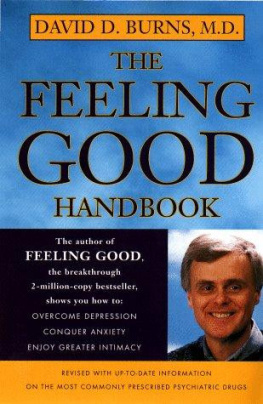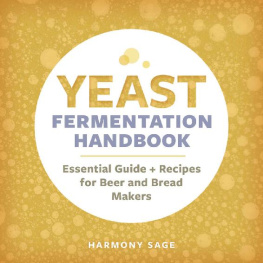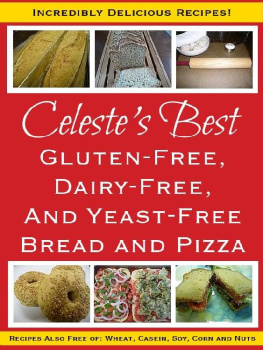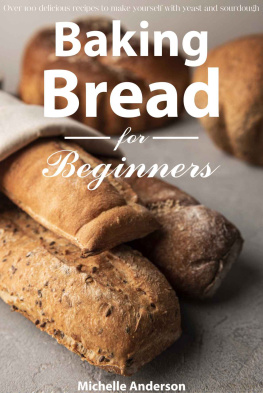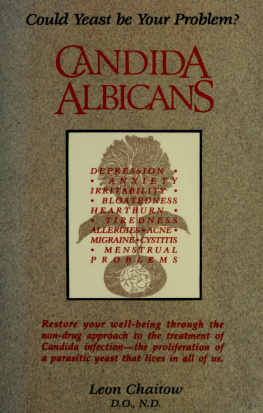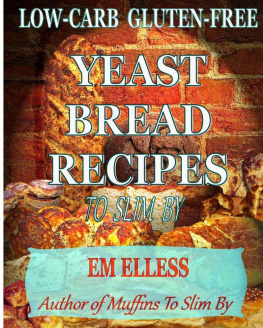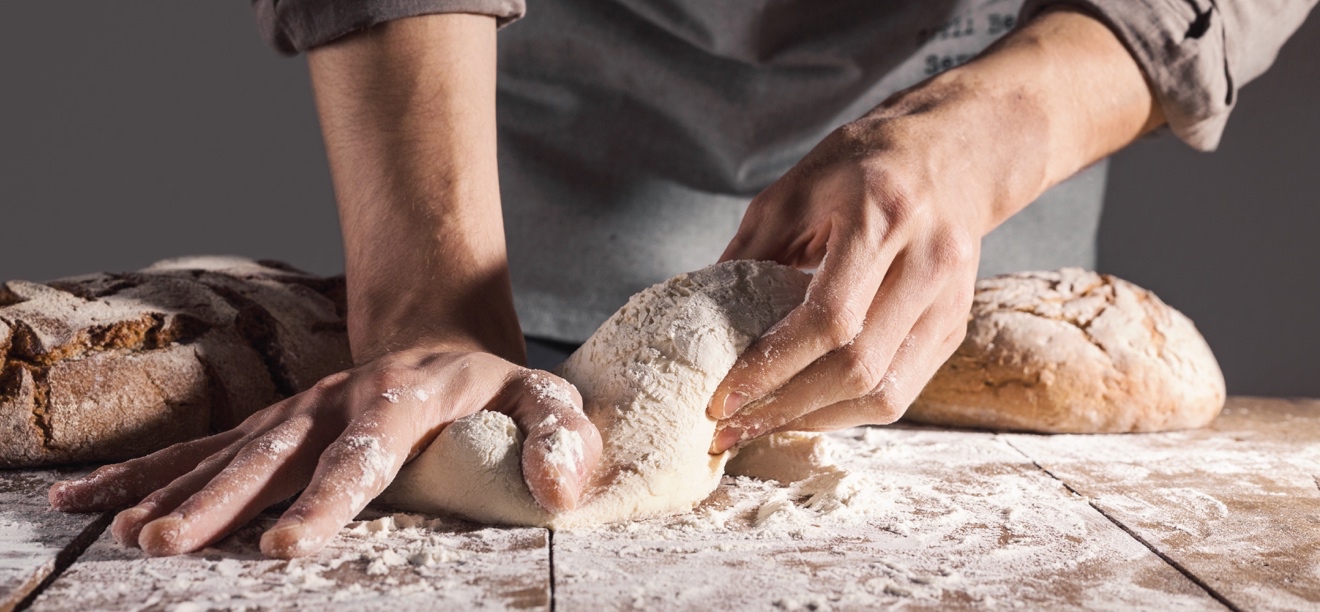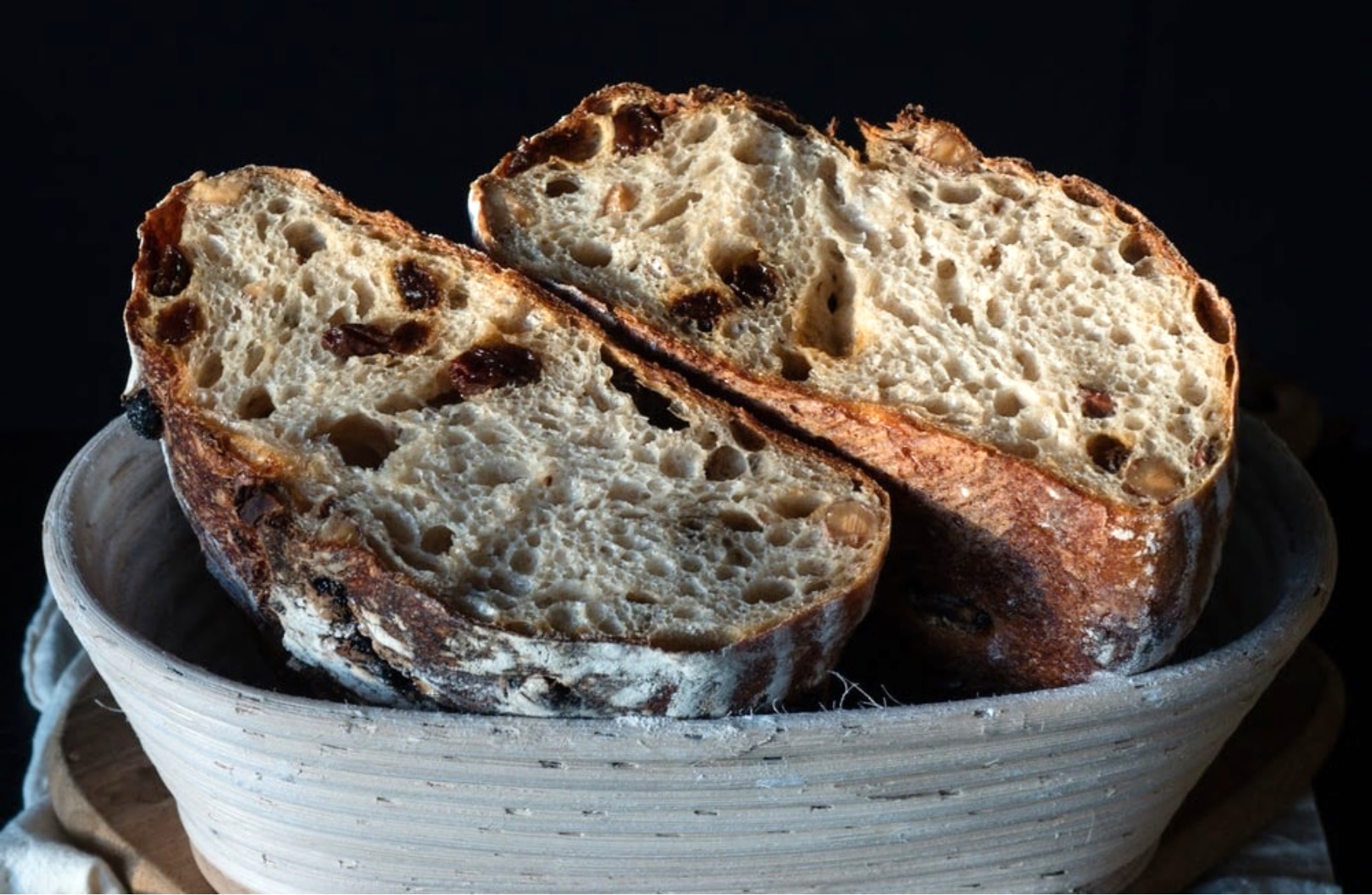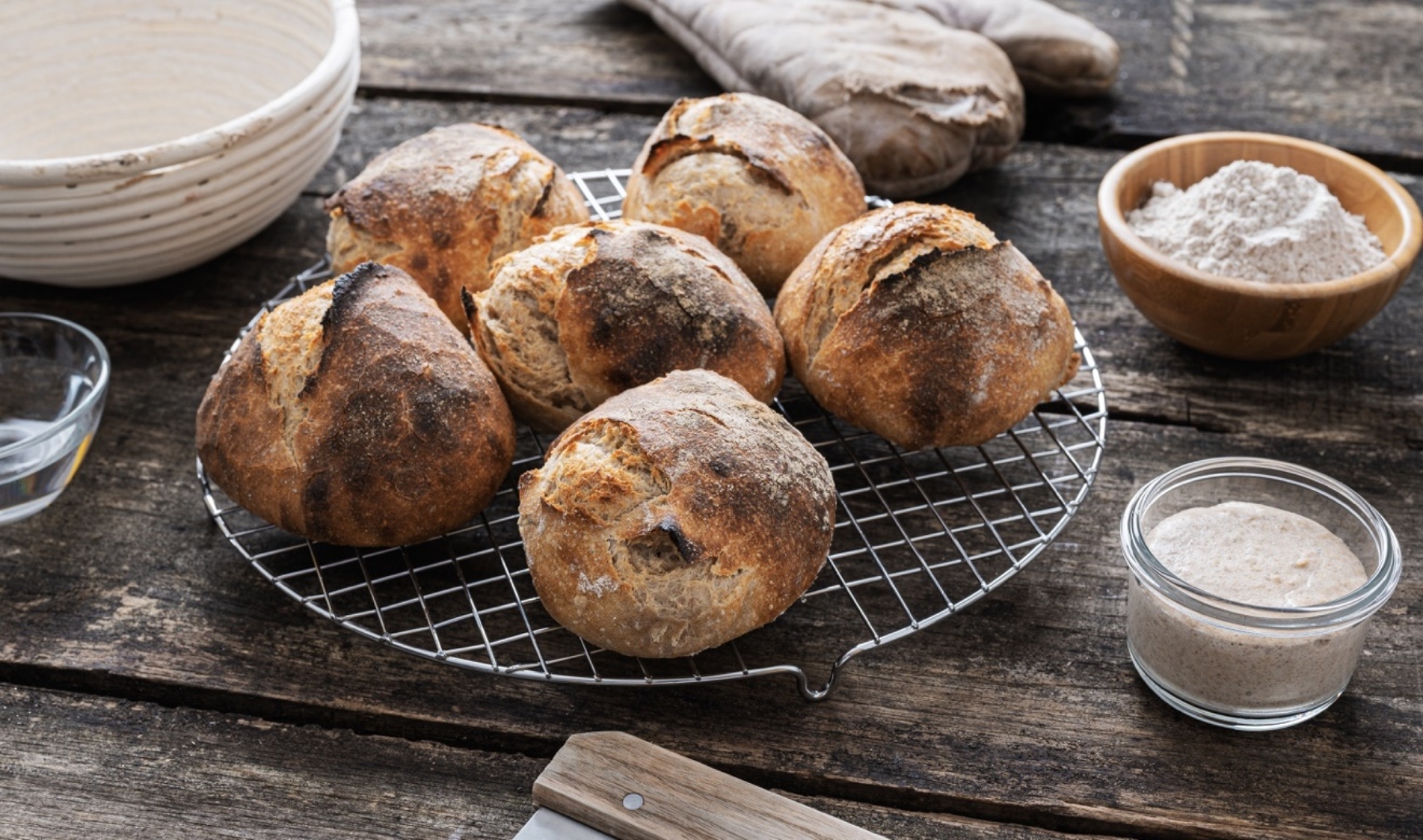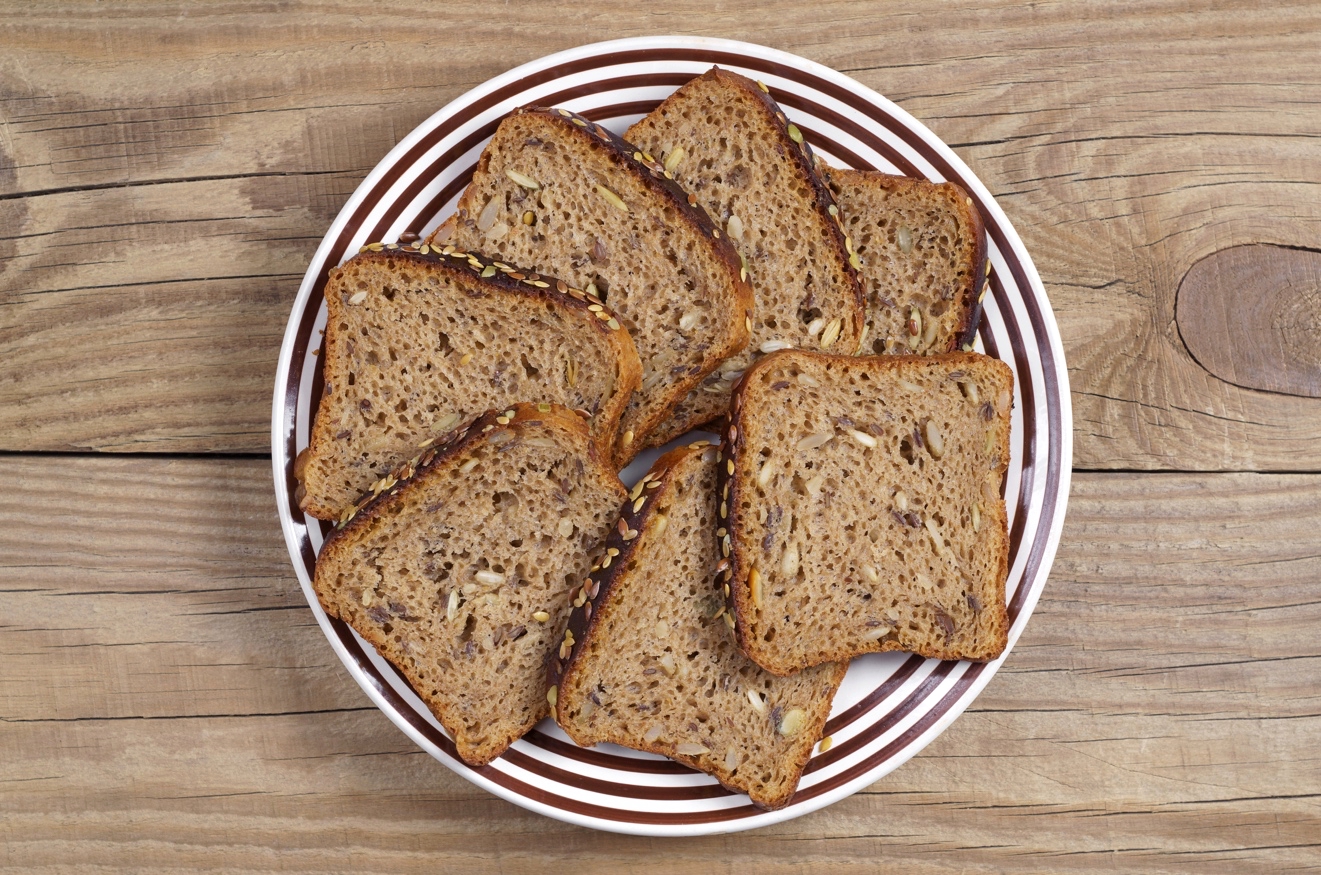The Gluten-Free Artisan Sourdough Bread Cookbook
Continuing the Baking Revolution with Delicious and Easy Recipes
By
Angel Burns
2020 Angel Burns, All Rights Reserved.
License Notices
This book or parts thereof might not be reproduced in any format for personal or commercial use without the written permission of the author. Possession and distribution of this book by any means without said permission is prohibited by law.
All content is for entertainment purposes and the author accepts no responsibility for any damages, commercially or personally, caused by following the content.
Get Your Daily Deals Here!
Free books on me! Subscribe now to receive free and discounted books directly to your email. This means you will always have choices of your next book from the comfort of your own home and a reminder email will pop up a few days beforehand, so you never miss out! Every day, free books will make their way into your inbox and all you need to do is choose what you want.
What could be better than that?
Fill out the box below to get started on this amazing offer and start receiving your daily deals right away!
https://angel-burns.gr8.com
Table of Contents
Introduction
Bread is one of the oldest consumed foods in the world. It comes in many forms and shapes. The earliest ones were hard and flat but gradually, yeast or other raising agents like baking powder/soda were added to them to make them big, light and fluffy. It is the most favorite food in America and is consumed a lot over there.
Sourdough
Sourdough is a starter-made yeasted bread a fermented combination of water and flour producing lots of bread. It can still be preserved for a long period. With a chewy, soft center and large air bubbles, the consequent loaf has a substantial crust. It makes a grilled cheese from the BOMB.
It all starts with the magical sourdough starter a mix of primarily warm water and flour that, when left for days, turns into a bubbling and lively wild yeast mixture capable of raising beautiful loaves of bread. One starter can be around for hundreds of years if cared for properly. These sourdough starters take so much care and attention to properly cultivate that its rumored bakers and bread makers would sleep with their starter to avoid it freezing in the night, since extreme temperatures can kill the yeast.
The best method for making sourdough is a subject of much controversy, full of many strongly held opinions and beliefs. Baking the perfect sourdough loaf is a combination of experience and education. You have to learn the best methods and understand how to overcome challenges that may arise along the way. You need to learn how to make the best practices work for you in your kitchen, in your climate, and with your ingredients.
Benefits of sourdough breads
Besides the great taste and the fact that its way cheaper to bake your own bread, sourdough bread has other benefits. The bread itself is much healthier than fabric made bread and other breads baked on yeast. Sourdough breads have a low GI-value which gives you more stable blood sugar levels and hence is good when you work out or when you need to think clearly.
The grain is rich in minerals essential for our body. However, grain also contains phytic acid (also called absorption inhibitor) an antioxidant that unlike most other antioxidants actually are bad for our body. What it means is basically that the phytic acid in bread prevents our body from absorbing minerals like magnesium, iron and even some proteins.
Bread baked on yeast has a much lower life-span compared to sourdough bread. Sourdough bread contains acetic acid which inhibits the formation of mold in the bread. The low pH in the sourdough makes the starch absorbing more water. The bread not only becomes more succulent, but it also stays fresh longer.
The high durability of sourdough breads makes it unnecessary for additives such as different kinds of preservatives. This, in itself, is very positive. Preservatives are generally not healthy and people who are allergic to preservatives can consume sourdough bread without side effects.
There is no presence of artificial additives
True yeast bread should be understood as that made with salt, water, flour, and wild yeast (the mixture of lactic acid bacteria and natural yeast). It should not contain any ancillary products that are so common in factory samplers like flour processing agents, emulsifiers, gluten supplements, preservatives. For a number of individuals, just removing the chemical cocktail away from the diet and replacing it with traditional slow-fermented bread is enough to solve digestive problems.
The Recipes
Sourdough Buns
Do you love feasting at home? Then, here is the best solution. The buns are sweet and enticing. Prepare them and enjoy at the comfort of your home.
Servings: 14
Cook time: 1hour, 22 minutes
Ingredients:
5 c. flour
1 tbsp. yeast (dry)
tsp. salt
1 c. sourdough starter
1/3 c. sugar
1/4 c. butter
Instructions:
1. In a bowl, have yeast dissolved in 2 cups of warm water.
2. Add in sugar, salt, flour, and sourdough starter and kneed thoroughly.
3. Cover the dough and let it increase to twice its bulk.
4. Even out the dough to a thickness of inch.
5. Slice by a biscuit cutter and ensure both sides are dipped in butter.
6. Put in on a welloiled baking pan and let increase for 15 minutes.
7. Bake it at 375 for 20 minutes.
Pumpkin Seed Bread
Nothing compares to a crunchy, crusty artisanal bread with a healthy and fascinating pumpkin taste every morning. Prepare this bread and enjoy it with family.
Servings: 16
Cook time: 2 hours
Ingredients:
For the sourdough
100 g sieved rye flour
40 g Gerstel
110 ml lukewarm water
For the source piece




